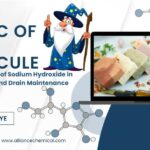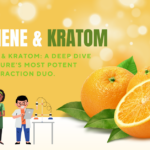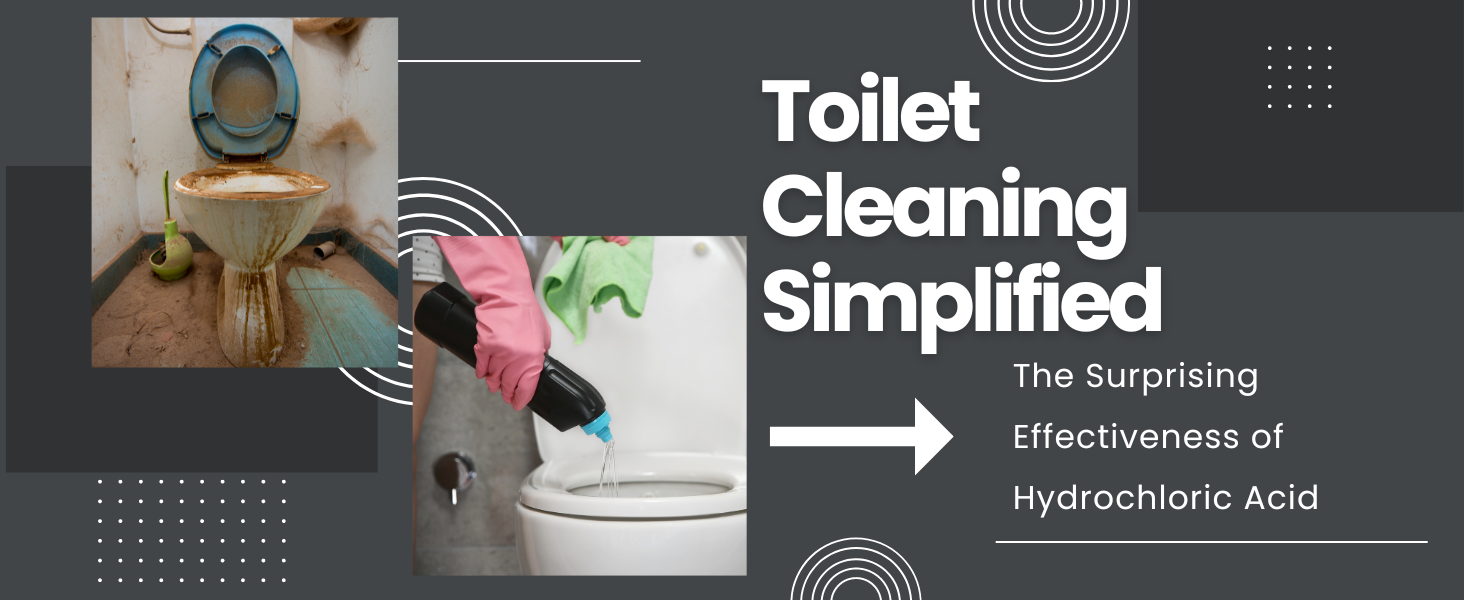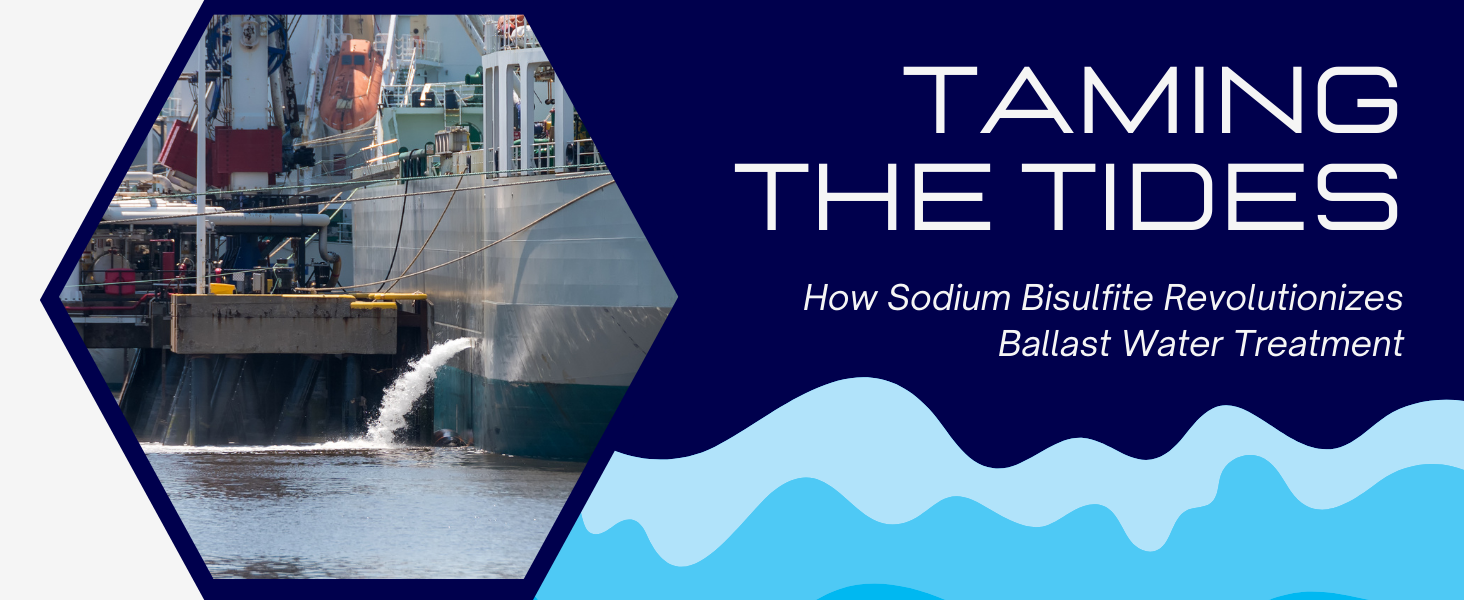
Sodium Hydroxide 50% in Soap Making: A Detailed Process Guide
- Introduction to Sodium Hydroxide 50%
- Properties of Sodium Hydroxide 50% and Its Versatile Uses
- Benefits of Using Sodium Hydroxide 50% in Soap Making
- Safety Measures in Handling Sodium Hydroxide 50%
- Citrus Harmony Soap Recipe
- Selecting and Incorporating High-Quality Scents
- Benefits of Using D-Limonene in Soap Making
- Comparing 50% Sodium Hydroxide vs. Solid Sodium Hydroxide
- How to Purchase Sodium Hydroxide 50% from the Company
Introduction to Sodium Hydroxide 50%: Crafting Your Own Unique Soaps
Embarking on the journey of soap making with Sodium Hydroxide 50% opens up a world of creativity and science. This potent and versatile alkali, commonly known as lye or caustic soda, is the heart of the soap-making process. The 50% concentration of Sodium Hydroxide is a choice of experts and hobbyists alike, offering a perfect balance of strength and manageability for crafting high-quality soaps. The magic of transforming everyday oils and fats into luxurious, skin-nourishing bars of soap through the art of saponification is not just chemistry; it’s a craft. It’s about personalizing scents, colors, textures, and shapes to create something that’s not only useful but also a reflection of your personality and artistic flair.
Whether you’re aiming to produce eco-friendly, skin-sensitive products, or exploring the vast world of aromatherapy and herbal infusions, Sodium Hydroxide 50% is your gateway to this exciting and rewarding craft. In this guide, we’ll delve into the properties of Sodium Hydroxide, guide you through the step-by-step process of soap making, and share essential safety measures. We’ll also explore the benefits of using Sodium Hydroxide 50% in soap making and how to select and give you some idea on how to incorporate high-quality scents. So, let’s embark on this fascinating journey, blending science and art, to create soaps that are not just cleaning agents but a piece of personal expression and luxury.Properties of Sodium Hydroxide 50% and Its Versatile Uses
Understanding the properties of Sodium Hydroxide 50% is crucial for anyone delving into the world of soap making and beyond. As a colorless, odorless liquid, Sodium Hydroxide in its 50% concentration is known for its high reactivity and alkalinity. This makes it not only an excellent agent for saponification, the chemical process central to soap making, but also valuable in a variety of other applications. In soap making, the key property of Sodium Hydroxide 50% is its ability to react with various organic compounds, particularly fats and oils. This reaction is fundamental in creating soap, transforming simple ingredients into cleansing and moisturizing bars. The high alkalinity contributes to the soap’s cleaning effectiveness, breaking down grease and dirt while needing careful balance to ensure skin compatibility.
Benefits of Using Sodium Hydroxide 50% in Soap Making
Utilizing Sodium Hydroxide 50% in soap making brings several significant advantages that enhance the quality and craft of soap production.
Consistency in Saponification:The high purity and concentration of Sodium Hydroxide 50% ensure a consistent and complete saponification process, crucial for producing high-quality soap. It allows for precise control over the chemical reaction, ensuring that the final product is uniform and reliable in quality. Customization and Creativity:
Sodium Hydroxide 50% allows soap makers to experiment with a wide range of fats and oils, scents, and additives. This versatility opens up endless possibilities for customization, enabling the creation of unique and tailored soap bars catering to different skin types and preferences. Efficient and Economical:
Due to its effectiveness in smaller quantities, Sodium Hydroxide 50% can be more economical in the long run. It reduces the need for excess use of raw materials, making the soap-making process more cost-effective and efficient. Environmental Benefits:
Soap made with Sodium Hydroxide 50% is biodegradable, making it an environmentally friendly option. Unlike many commercial soaps that contain synthetic detergents, handmade soaps are more natural and gentle on the environment. Quality and Texture:
Soaps made with Sodium Hydroxide 50% are known for their superior quality and texture. They tend to have a smoother, more luxurious lather, providing a more indulgent and nourishing experience for the user. Using Sodium Hydroxide 50% in soap making not only allows for the creation of superior-quality soaps but also offers an opportunity for soap makers to express their creativity and commitment to natural, environmentally friendly products.
-
 Sodium Hydroxide 50% Membrane Grade (Caustic Soda, Lye)$27.00 – $5,900.00
Sodium Hydroxide 50% Membrane Grade (Caustic Soda, Lye)$27.00 – $5,900.00 -
 Sodium Hydroxide 50% Solution ACS Grade$30.00 – $5,900.00
Sodium Hydroxide 50% Solution ACS Grade$30.00 – $5,900.00
Safety Measures in Handling Sodium Hydroxide 50%
When working with Sodium Hydroxide 50%, it’s essential to prioritize safety to prevent accidents and protect yourself. This caustic substance demands careful handling and adherence to safety guidelines.
Protective Gear:Before you begin, ensure you have the necessary protective gear, including:
- Chemical-resistant gloves
- Safety goggles or a face shield
- Lab coat or protective clothing
- Respirator mask (if working with airborne particles)
Ventilation: Work in a well-ventilated area to minimize exposure to fumes. If possible, use a fume hood or conduct the process outdoors.
First Aid: Have a fully stocked first aid kit on hand, and familiarize yourself with the proper procedures for chemical exposure.
Handling Procedures: When handling Sodium Hydroxide 50%, follow these procedures:
- Add the chemical to water, not water to the chemical, to avoid splashes.
- Stir slowly and carefully to prevent splashing or releasing fumes.
- If skin or eye contact occurs, rinse immediately with plenty of water for at least 15 minutes and seek medical attention.
- In case of ingestion, do not induce vomiting; seek medical attention immediately.
Storage: Store Sodium Hydroxide 50% in a cool, dry place away from incompatible materials. Keep it tightly sealed in its original container.
Emergency Contacts: Have emergency contact numbers, including poison control, readily available in case of accidents.
By following these safety measures and handling Sodium Hydroxide 50% responsibly, you can ensure a safe working environment and minimize risks.
Sodium Hydroxide can release harmful fumes, especially when mixed with water. It is crucial to work in a well-ventilated area to avoid inhalation. Correct Mixing Procedure:Always add Sodium Hydroxide to water, and not the other way around, to prevent dangerous reactions. Be cautious of the exothermic reaction, which can cause the solution to heat up quickly.
Safe Storage:Store Sodium Hydroxide in a cool, dry place away from children and pets. Ensure that it is properly labeled and stored in a container resistant to caustic substances.
Emergency Procedures:Be prepared with a first aid kit and know the emergency procedures in case of accidental exposure. Immediate and thorough rinsing with water is crucial for any skin or eye contact.
Disposal:Dispose of any Sodium Hydroxide waste responsibly. Consult local waste disposal regulations to understand the appropriate methods of disposal.
By following these safety measures, you can ensure a secure environment for your soap-making process. Safety should always be the top priority when working with caustic chemicals like Sodium Hydroxide 50%.Step-by-Step Soap Making Process with Sodium Hydroxide 50%
Soap making is both an art and a science, and using Sodium Hydroxide 50% is central to this fascinating process. Here, we outline the essential steps to transform basic ingredients into luxurious soap bars.
Step 1: Preparing Your IngredientsBegin by gathering all necessary ingredients, including your choice of fats or oils, water, and Sodium Hydroxide 50%. Carefully measure each ingredient using precise scales to ensure accuracy in your soap formula. Step 2: Mixing Sodium Hydroxide and Water
In a well-ventilated area, slowly add Sodium Hydroxide 50% to water (not the other way around) to avoid splashes. This mixture will heat up and release fumes, so safety gear is essential. Allow the mixture to cool down to the appropriate temperature before proceeding. Step 3: Combining Fats/Oils with Lye Solution
Once your fats or oils are melted and both the lye solution and oils are at similar temperatures, slowly combine them. Stir the mixture steadily or use an immersion blender until it reaches ‘trace’ – a consistency where it leaves a visible trail on the surface. Step 4: Adding Fragrances and Colorants
At this stage, you can add your choice of fragrances, essential oils, or colorants. Mix thoroughly to ensure an even distribution throughout the soap. Step 5: Molding and Curing
Pour the soap mixture into molds and allow it to set. This can take several hours to a day. Once solidified, remove the soap from the molds and allow it to cure for several weeks. This curing process is crucial for the soap to become mild and firm. Step 6: Testing pH and Quality
After curing, test the soap’s pH to ensure it is skin-safe. Ideally, the pH should be between 8-10. Finally, evaluate the soap’s quality in terms of texture, lather, and skin feel. This process of soap making with Sodium Hydroxide 50% allows for immense creativity and personalization. From selecting the types of oils to the choice of fragrances and colors, each soap batch can be a unique creation, reflecting your personal touch and preferences.

Citrus Harmony Soap Recipe
Recipe: Citrus Harmony Soap
Ingredients:
– 1 cup of soap base (your preferred type)
– 1 tablespoon of D-Limonene (Top Note)
– 1 teaspoon of Geranium essential oil (Middle Note)
– 1 teaspoon of Sandalwood essential oil (Base Note)
– Orange zest for texture and visual appeal
- Melt the soap base using a double boiler or microwave, following the manufacturer’s instructions.
- Once melted, add 1 tablespoon of D-Limonene (Top Note), 1 teaspoon of Geranium essential oil (Middle Note), and 1 teaspoon of Sandalwood essential oil (Base Note) to the soap base. Stir gently to ensure even distribution.
- Quickly pour the mixture into soap molds, and sprinkle orange zest on top for texture and visual appeal.
- Allow the soap to cool and harden in the molds for several hours or as recommended by the soap base manufacturer.
- Once the soap has solidified, remove it from the molds, and let it cure for several weeks to enhance its quality.
Don’t hesitate to experiment with different combinations of scents. Mixing top, middle, and base notes allows you to create complex and captivating fragrances. The possibilities are as vast as your imagination. Understanding Scent Intensity:
It’s important to understand the intensity of each scent note. Some essential oils are more potent than others, so adjust quantities accordingly. Remember, scents can evolve and change during the soap curing process. Incorporating Scents at the Right Time:
Add your chosen scents at the ‘trace’ stage in the soap-making process. This ensures that the essential oils are well incorporated, and their fragrances are preserved throughout the saponification process. Testing for Allergies and Sensitivities:
Always consider potential allergies and sensitivities. It’s advisable to test the soap on a small skin patch if introducing new scents, especially when crafting soaps for sensitive skin. The addition of high-quality scents, including a well-balanced blend of top, middle, and base notes, transforms soap making into an art form, offering a delightful and unique sensory experience.
Selecting and Incorporating High-Quality Scents
The art of selecting and incorporating high-quality scents into soap is akin to the delicate craft of perfumery. It elevates the soap-making process from mere chemistry to an artistic endeavor, offering a sensory experience that can be both luxurious and deeply personal.
Understanding Fragrance Profiles:Much like in fine perfumery, understanding different fragrance notes – top, middle, and base – is crucial. These notes work together to create a well-balanced and harmonious scent profile: – Top Notes: These are the initial scent impressions that greet your senses. For an invigorating and citrusy top note to complement your orangey soap, consider Bergamot or Lemon essential oil. – Middle Notes: Forming the heart of the fragrance, middle notes provide depth and character to the scent. To enhance the orange essence, you can incorporate Geranium or Lavender essential oil for a floral and soothing middle note. – Base Notes: Base notes offer depth and longevity to the fragrance, anchoring the scent profile. To balance the citrusy and floral notes, Sandalwood essential oil, with its warm and woody aroma, makes an excellent choice. Experimenting with Unique Combinations:
Don’t hesitate to experiment with different combinations of scents. Mixing top, middle, and base notes allows you to create complex and captivating fragrances. The possibilities are as vast as your imagination. Understanding Scent Intensity:
It’s important to understand the intensity of each scent note. Some essential oils are more potent than others, so adjust quantities accordingly. Remember, scents can evolve and change during the soap curing process. Incorporating Scents at the Right Time:
Add your chosen scents at the ‘trace’ stage in the soap-making process. This ensures that the essential oils are well incorporated, and their fragrances are preserved throughout the saponification process. Testing for Allergies and Sensitivities:
Always consider potential allergies and sensitivities. It’s advisable to test the soap on a small skin patch if introducing new scents, especially when crafting soaps for sensitive skin. The addition of high-quality scents, including a well-balanced blend of top, middle, and base notes, transforms soap making into an art form, offering a delightful and unique sensory experience.
Benefits of Using D-Limonene in Soap Making
Utilizing D-Limonene in soap making brings several significant advantages that enhance the quality and craft of soap production.
Consistency in Saponification:The high purity and concentration of D-Limonene ensure a consistent and complete saponification process, crucial for producing high-quality soap. It allows for precise control over the chemical reaction, ensuring that the final product is uniform and reliable in quality. Customization and Creativity:
D-Limonene allows soap makers to experiment with a wide range of fats and oils, scents, and additives. This versatility opens up endless possibilities for customization, enabling the creation of unique and tailored soap bars catering to different skin types and preferences. Efficient and Economical:
Due to its effectiveness in smaller quantities, D-Limonene can be more economical in the long run. It reduces the need for excess use of raw materials, making the soap-making process more cost-effective and efficient. Environmental Benefits:
Soap made with D-Limonene is biodegradable, making it an environmentally friendly option. Unlike many commercial soaps that contain synthetic detergents, handmade soaps are more natural and gentle on the environment. Quality and Texture:
Soaps made with D-Limonene are known for their superior quality and texture. They tend to have a smoother, more luxurious lather, providing a more indulgent and nourishing experience for the user. Using D-Limonene in soap making not only allows for the creation of superior-quality soaps but also offers an opportunity for soap makers to express their creativity and commitment to natural, environmentally friendly products.
-
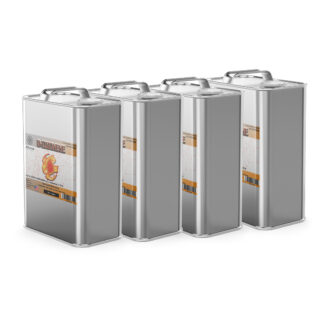 D-Limonene Food Grade$43.00 – $11,800.00
D-Limonene Food Grade$43.00 – $11,800.00
Comparing 50% Sodium Hydroxide vs. Solid Sodium Hydroxide
When it comes to choosing Sodium Hydroxide for soap making, you’ll often encounter two primary forms: 50% Sodium Hydroxide solution and solid Sodium Hydroxide (lye flakes or beads). Each form has its own set of characteristics and considerations.
Concentration:The key difference between the two is the concentration of Sodium Hydroxide. The 50% solution is pre-diluted, making it less caustic and easier to work with, especially for beginners. Solid Sodium Hydroxide is highly concentrated and requires precise measurements and dilution. Accuracy and Convenience:
50% Sodium Hydroxide solution offers convenience and accuracy in measuring, as it’s already in liquid form. Solid Sodium Hydroxide requires careful weighing and dilution, which can be time-consuming and less forgiving of errors. Storage and Shelf Life:
Solid Sodium Hydroxide has a longer shelf life and is less prone to degradation over time. The 50% solution may lose potency over extended periods and requires proper storage to maintain its effectiveness. Safety:
While both forms demand safety precautions, the 50% solution is considered somewhat safer due to its lower concentration. Solid Sodium Hydroxide requires extra care during handling and dilution to prevent accidents. Cost:
In terms of cost-effectiveness, the 50% Sodium Hydroxide solution may be more expensive per unit but is often more economical in the long run, considering the convenience and reduced risk of errors. Choice and Experience:
The choice between the two largely depends on your experience level and preference. Beginners may find the 50% solution more forgiving, while experienced soap makers may opt for solid Sodium Hydroxide for greater control. Ultimately, both forms of Sodium Hydroxide can be used effectively in soap making, but careful consideration of their characteristics will help you choose the one that best suits your needs and expertise.
-
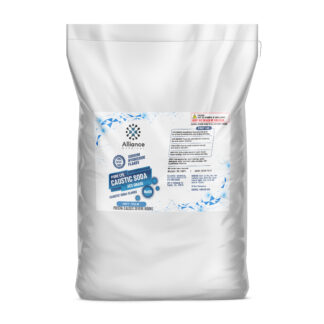 Sodium Hydroxide Flakes ACS Grade$34.20 – $4,300.80
Sodium Hydroxide Flakes ACS Grade$34.20 – $4,300.80 -
 Sodium Hydroxide Flakes$28.50 – $3,840.00
Sodium Hydroxide Flakes$28.50 – $3,840.00
How to Purchase Sodium Hydroxide 50% from the Company
If you’re ready to embark on your soap-making journey with Sodium Hydroxide 50%, you’ll need a reliable source for this essential ingredient. Alliance Chemical is your trusted partner for high-quality Sodium Hydroxide 50% – the cornerstone of soap crafting. Here’s how you can purchase it from our company:
Visit Our Website:Head over to our website at https://alliancechemical.com to explore our product offerings and place your order. Our user-friendly website makes the ordering process straightforward. Contact Our Sales Team:
If you have specific inquiries or require assistance with your order, don’t hesitate to contact our dedicated sales team. You can reach us by email at [email protected] or by phone at [Insert Phone Number]. We’re here to help and provide you with the information you need. Safe and Secure Packaging:
Your safety is our priority. Sodium Hydroxide 50% is packaged in secure, durable containers, ensuring safe transport and storage. Customer Support:
Our knowledgeable customer support team is available to assist you with any questions or concerns regarding your order or the use of Sodium Hydroxide 50% in your projects. Fast and Reliable Shipping:
We understand the importance of timely delivery. That’s why we work diligently to process and ship your order as quickly as possible, ensuring that you receive your Sodium Hydroxide 50% when you need it. Information and Resources:
Along with your purchase, we provide comprehensive information and resources on the safe handling and use of Sodium Hydroxide 50%, helping you to make the most out of your soap-making journey. Ordering Sodium Hydroxide 50% from our company is not just about purchasing a product; it’s about becoming a part of a community dedicated to high-quality, responsible soap making. We are here to support you every step of the way.






